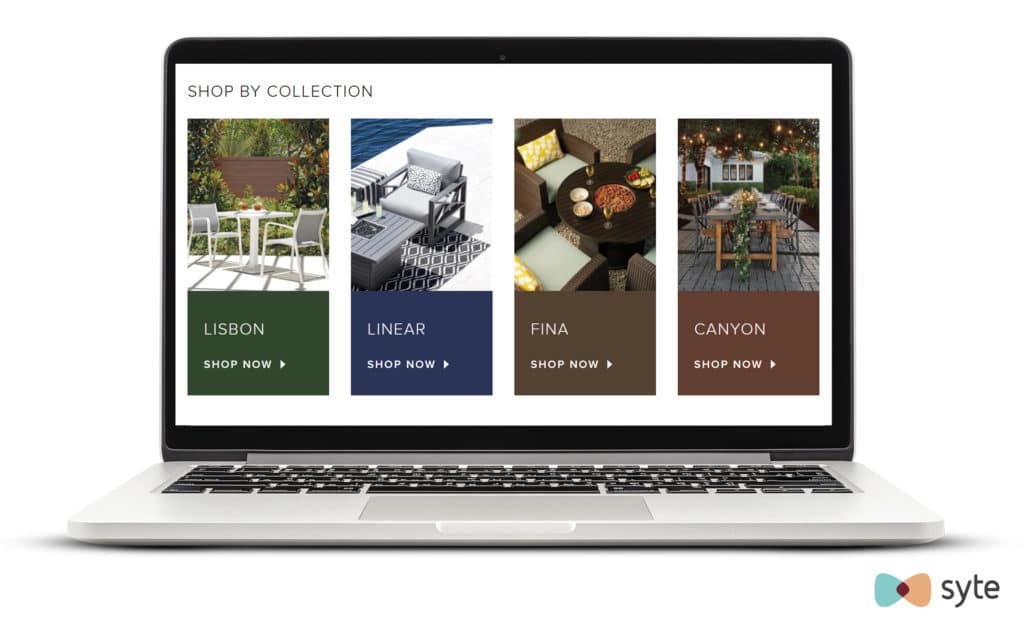Smart merchandising is the use of innovative technologies and data-driven tactics to strategically place and order products, collections, and promotions on your site. Its goal is to increase conversions and sales by enabling shoppers to find the right products at the right time while navigating your site and inventory with ease.
Several aspects of your site are involved in smart merchandising, such as branding, imagery, inventory management, organization of menu items and filters, product collections, and even real-time user behavior. Smart online merchandising is all about how you get shoppers to add items to their cart, increase basket size, and complete a purchase.
Why Is It Important?
With smart merchandising, you can leverage data, user experience best practices, and the right eCommerce tech stack to convert shoppers into paying customers. Reminders for abandoned shopping carts, visual merchandising, and creative CTA placements are some of the ways smart merchandising can push consumers down the purchase funnel.
The data you can gather from using smart merchandising tools is also useful for informing business decisions on stock replenishment, product campaigns, and personalization of the online shopping experience. The organized and accurate product tags that serve as the foundation of smart merchandising can reveal how your shoppers interact with specific items. When combined with data on consumer intent, browsing behavior, and past purchases, you can deliver better, more customized shopping journeys that fit each shoppers’ unique preferences.
 City Furniture uses smart merchandising to show product collections on category pages.
City Furniture uses smart merchandising to show product collections on category pages.
How Smart Merchandising Works
For smart merchandising to be effective, there are several key components to consider:
- Product tagging is the process of identifying and assigning tags or attributes that describe products. It is the infrastructure on which all merchandising is built, representing all products in your inventory, and allowing you to mix and match items, understand product performance, and more.
- Product assortment is the variety of products that you have in stock and sell online. Effective smart merchandising can make your product assortment more appealing to your site visitors.
- Design and UX features include your branding, the look and feel of your website, as well as various on-site elements that make shopping frictionless and help to drive conversion and sales.
- Merchandising rules refer to how you group, rank, and present products to inspire purchase, including techniques for cross-selling and upselling. You can control search results, dynamic homepage collections, product galleries, display banners, and even recommended items with smart merchandising.
- Shopping methods are the different ways your customers can navigate through your site and look for products they want to buy.
Strategies to Improve eCommerce Merchandising
Here’s how you can leverage and enhance the effectiveness of smart merchandising throughout your site:
- Homepage – Dynamic collections make sure that your homepage is constantly updated with fresh items. You can set this up by creating product groups and selecting attributes such as price, promotions, color, and more to go into each collection.
- Search and navigation – A preview of the kind of products each category has can attract and compel shoppers to click on navigation. You can also employ the same image preview tactic once consumers click the on-site search engine.
- Category pages – In addition to attractive visual product galleries that highlight new arrivals and products on sale, you can leverage smart merchandising to optimize filters and offer a more in-depth category-focused faceted search.
- Product detail pages – High quality and contextual product images are essential on your product detail pages. In addition, recommendation engines that surface visually similar items and complementary products can prevent shoppers from dropping off and encourage them to continue exploring until they find the items they want to buy.
- Shopping cart and checkout – You can still suggest relevant products while shoppers are in the final stages of the customer journey — just be sure that they’re not only related but also add value.
Don’t forget to check out the complete list here.